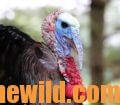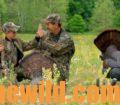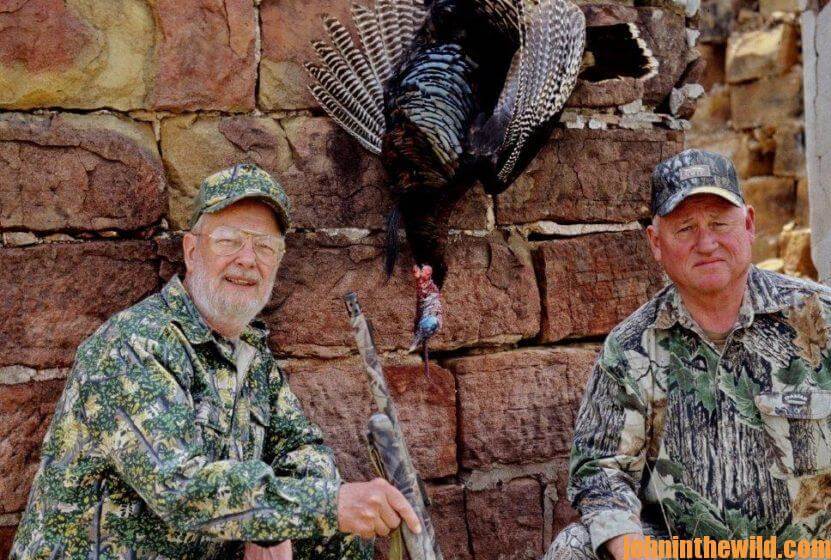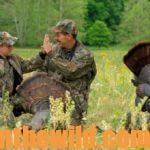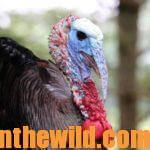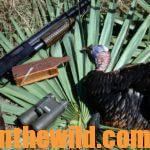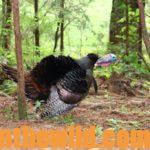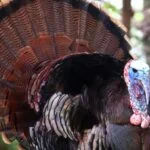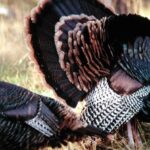Editor’s Note: Dr. James Earl Kennamer is the retired chief conservation officer of the National Wild Turkey Federation (NWTF) (https://www.nwtf.org/) in Edgefield, South Carolina. He’s spent 60 years hunting and researching the wild turkey. He received a B.S. in wildlife management from Auburn University and a master’s degree and a doctorate from Mississippi State University. I talked with him about the decline being seen in the nation’s wild turkey populations.
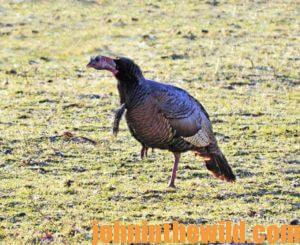 John E. Phillips: What can hunters and sportsmen do to help the plight of the wild turkey and to increase the number of birds we have to hunt each season?
John E. Phillips: What can hunters and sportsmen do to help the plight of the wild turkey and to increase the number of birds we have to hunt each season?
Dr. Kennamer: I think there’s combinations of several items that need to be addressed to help solve this problem. First of all, we need to explain to the general public that the wild turkey was brought back from the edges of extinction, mainly because of the Pittman-Robertson Act, which has put taxes on arms and ammunition. These types of taxes have funded state wildlife agencies to help restock, create habitat to continually research the growth of turkey flocks throughout their states and set-up seasons and bag limits to ensure the continued growth of turkey populations.
We need to educate the population of non-hunters to understand that hunters primarily have been responsible for funding the research, restocking and growth of turkey populations nationwide.
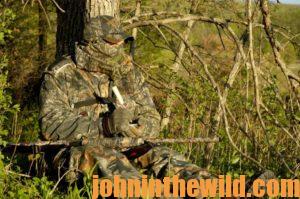 We also need to teach our young people to appreciate the sport and the challenge of hunting wild turkeys as being more than just the killing of turkeys. We need to work diligently to recruit new turkey hunters because those young people are the future of the conservation of turkeys and also of turkey hunting. They’ll be the ones paying the price to ensure the future of the wild turkey in this country. I think education along the lines I’ve just mentioned is a big part of the future of the wild turkey.
We also need to teach our young people to appreciate the sport and the challenge of hunting wild turkeys as being more than just the killing of turkeys. We need to work diligently to recruit new turkey hunters because those young people are the future of the conservation of turkeys and also of turkey hunting. They’ll be the ones paying the price to ensure the future of the wild turkey in this country. I think education along the lines I’ve just mentioned is a big part of the future of the wild turkey.
The second ingredient that’ll determine the future of the continued growth of the number of wild turkeys we have to hunt and enjoy and stop the decline of the wild-turkey population is the management of state turkey flocks. This management is almost solely dependent on your support of the wildlife agencies in your state and the federal agencies like the U.S. Forest Service, and the U.S. Fish and Wildlife Service and the National Wild Turkey Federation. The National Wild Turkey Federation is helping states manage turkey habitats and turkey numbers and helping private landowners do a better job of managing the turkeys on their properties too.
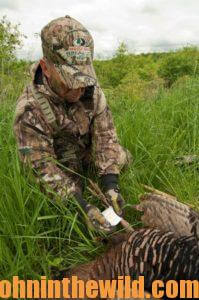 The future of the wild turkey is dependent on educating about wild turkeys and getting people involved, helping state agencies manage the turkeys in their state and working with landowners to know how they manage their farms, how your neighbors manage theirs and how the people who own the land you hunt on manage their lands for deer, turkeys and all wildlife. We have to remember that habitat produces turkeys. The more turkey habitat, the better and faster their numbers can grow, and they can recover.
The future of the wild turkey is dependent on educating about wild turkeys and getting people involved, helping state agencies manage the turkeys in their state and working with landowners to know how they manage their farms, how your neighbors manage theirs and how the people who own the land you hunt on manage their lands for deer, turkeys and all wildlife. We have to remember that habitat produces turkeys. The more turkey habitat, the better and faster their numbers can grow, and they can recover.
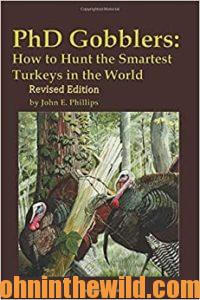 To learn more about turkey hunting, check out John E. Phillips’s latest Audible book, “PhD Gobblers: How to Hunt the Smartest Turkeys in the World, Revised Edition” at https://www.amazon.com/PhD-Gobblers-Smartest-Turkeys-World-ebook/dp/B083V83RLG, and available in Kindle, print and Audible. You may have to cut and paste this link into your browser. (When you click on this book, notice on the left where Amazon says you can read 10% of this book for free and hear 10% for free). To learn about other turkey books by John E. Phillips, go to www.amazon.com/author/johnephillips.
To learn more about turkey hunting, check out John E. Phillips’s latest Audible book, “PhD Gobblers: How to Hunt the Smartest Turkeys in the World, Revised Edition” at https://www.amazon.com/PhD-Gobblers-Smartest-Turkeys-World-ebook/dp/B083V83RLG, and available in Kindle, print and Audible. You may have to cut and paste this link into your browser. (When you click on this book, notice on the left where Amazon says you can read 10% of this book for free and hear 10% for free). To learn about other turkey books by John E. Phillips, go to www.amazon.com/author/johnephillips.
Tomorrow: Hunting Clubs Can Help Produce More Wild Turkeys Through Roadside Management

